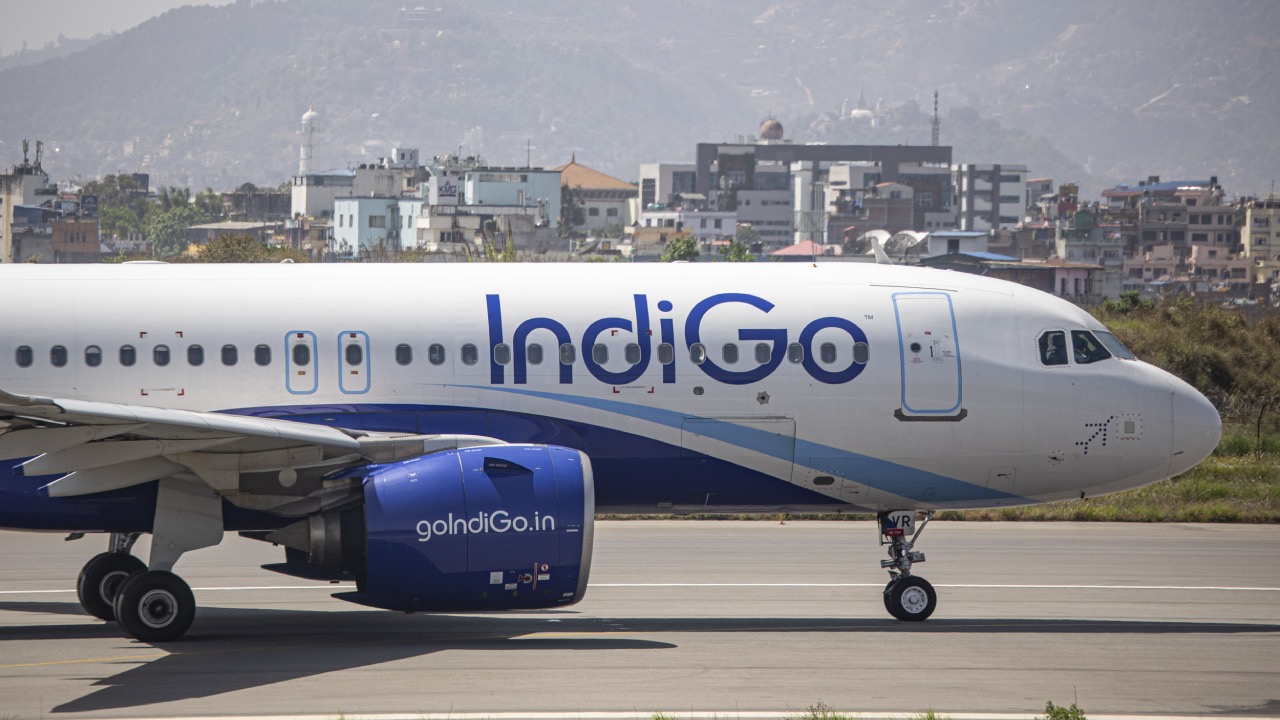Indian airline cracks the code to halving disembark times

A low-cost Indian airline has come up with a game-changing solution to get passengers off planes quicker during disembarking.
A lot of planes rely on one door at the front of the plane to get travellers off the aircraft when they arrive at their destination.
This often means passengers at the back of the plane have to let hundreds of others off the plane before they get the chance to disembark in an orderly fashion.
To combat the wait, some airlines, including Virgin Australia and Qantas-owned Jetstar, regularly allow passengers to disembark from a set of stairs at the rear of the plane.
But India’s largest carrier IndiGo has gone one step further and has introduced a third door for passengers to exit through.
They have utilised the door in the middle of the plane, which is only ever used in an emergency, as another exit for passengers.
The carrier reckons it could almost halve the time it takes to get passengers off the plane from up to 13 minutes to a mere seven minutes.
“The new Three-Point Disembarkation process will be carried out from two forward and one rear exit ramp, making IndiGo the first airline to use this process,” an IndiGo spokesman told India’s Hindustan Times.
A video uploaded by Indian business journalist Sumit Chaturvedi shows the new process with passengers leaving an IndiGo Airbus A320 aircraft via the various ramps.
Indian carrier Indigo today introduced a new Three Point Disembarkation
which it claims will enable its customers to exit the aircraft faster than before. The new process
will be carried out from two forward and one rear exit ramp. #IndiGo @ChhaviLeekha @IndiGo6E pic.twitter.com/n7Xajg8dk0
— Sumit Chaturvedi (@joinsumit) August 4, 2022
“An A320 aircraft usually takes around 13 minutes for its passengers to de-board the aircraft. However, the new process will make the drill faster and will reduce the disembarkation time from 13 minutes to seven minutes,” an IndiGo spokesman said.
As well as being a major bonus for anxious passengers who are eager to make a swift exit from the plane, the changes could also greatly help the airline.
The quicker passengers can leave the plane, the shorter the turnaround time to get it back in the air with more fare-paying passengers on board.
Despite the revolutionary change exciting many, others are sceptical at the airline’s claims.
Ben Schlappig of US aviation blog One Mile At A Time questioned if all the claimed time savings would occur in real-life settings.
“The process of actually getting out the door is one bottleneck, but I’d think that getting down the aisle is another thing that takes time, and that’s still an issue, even with a second door in the front.”
Image credits: Getty Images
